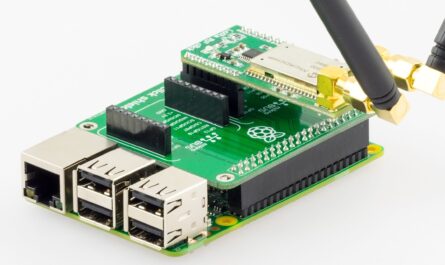With technology advancing at a rapid pace, the way businesses operate and communicate is also evolving drastically. Traditional phone systems and communication silos are making way for unified communications that help integrate various collaboration tools under a single platform.
What is Unified Communications?
Unified Communications (UC) is a concept that combines multiple communication tools and channels like email, phone calls, voicemail, fax, video conferencing etc into a single platform that can be accessed through desktops, mobile apps and the web. The key idea behind UC is to present a unified user experience across different devices and integrate various collaboration and communication tools.
Some of the major components of a UC solution include:
– Phone System: Replaces legacy telephone infrastructure with VoIP technology that allows calls over the internet.
– Instant Messaging: Lets users chat and communicate in real-time over texts like WhatsApp for businesses.
– Video Conferencing: Enables face-to-face interactions remotely through high quality video calls.
– Online Meetings: Integrates collaboration tools like screen sharing, file sharing, virtual whiteboards etc during online meetings.
– Mobility: Provides UC features on mobile devices through apps so employees stay connected on-the-go.
– Voicemail/Fax Integration: Digitizes voicemail and fax into the UC platform for unified access.
– Presence Management: Lets users check colleagues’ availability status before interaction.
Benefits of Unified Communications
Improved Productivity and Collaboration
With Unified Communications, employees can easily switch between different communication modes like calls, chats, video meetings without having to switch between different applications. This context-switching significantly improves productivity. Team collaboration is also enhanced as employees can now easily share files, co-edit documents and brainstorm in online meeting rooms.
Enhanced Customer Experience
UC helps provide a superior customer support experience. Customers can self-serve through FAQs and support portals or reach out through various channels like calls, chats, emails and get assisted promptly. With customer history and interactions accessible on a single platform, agents can solve issues faster. This improves first-contact resolution rates.
Better Communication and Decision Making
UC brings together isolated teams onto a single collaborative platform. Important discussions, meetings and decisions can now happen across geographical boundaries in real-time. It also encourages transparency as communication is not restricted within physical offices. This aligns teams and accelerates decision making processes.
Lower Costs and Greater Efficiencies
Migrating to a UC system helps businesses reduce communication costs significantly by consolidating expensive telephony equipment onto a cloud-based VoIP network. It further helps gain efficiencies through optimized routing of queries to relevant teams, presence-based routing, conference bridges etc. Savings from travel costs are also realized through extensive use of video conferencing.
The Future of Unified Communications
As artificial intelligence, cloud computing and mobility trends continue to evolve rapidly, UC features and capabilities are also being augmented constantly. Some emerging UC trends include:
– AI Assistants: Chatbots and virtual assistants powered by AI are being integrated into UC platforms to provide automated attendant services, meeting scheduling assistance, and answer basic queries.
– IoT Integration: UC systems will increasingly leverage sensor data from IoT devices to improve real-time communication and collaboration. For example, detecting an employee’s presence through smart badges.
– Advanced Analytics: Detailed communication analytics will provide meaningful insights into team productivity, customer conversations, top priorities etc to optimize business processes.
– Community Platforms: UC is expanding beyond enterprises onto public communities through open platforms that enable collaboration between organizations.
– Flexible Work Models: Emergence of remote and hybrid work arrangements will further emphasize the importance of UC in staying connected while working flexibly.
*Note:
1. Source: Coherent Market Insights, Public sources, Desk research
2. We have leveraged AI tools to mine information and compile it



